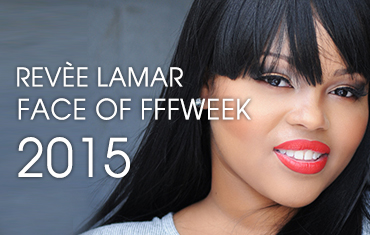What a difference a few years can make.
For the longest time, most retailers paid little attention to plus-size apparel. Beyond the few stores devoted entirely to the plus-size market, such as Lane Bryant and Avenue, the offerings for the most part were slim (no pun intended),unfashionable, and typically tucked away in the least-trafficked areas of the stores.
One exception to this rule came from some of the luxury department stores such as Nordstrom, Neiman Marcus and Saks, yet the high price of this apparel and — prior to the advent of e-commerce — the relatively small number of stores in only the biggest of U.S. cities made these offerings inaccessible to most. And then, even at these locations, customers did not necessarily receive the same customer service as their slighter counterparts.
But that’s all changing, and it’s no wonder. The plus-size women’s clothing business is large and growing, representing almost $18 billion of the $116 billion women’s apparel business, according to the NPD Group. Today, the average woman wears a size 14 (as opposed to a size 8 in 1985), with more than 64 percent of females considered to be plus-sized in the United States.
As retailers wake up to those demographics — and as technology is democratizing retail, allowing smaller start-ups to take up where so many established retailers have left off, the latter are coming to the realization that they ignore this segment of the marketplace at their own peril.
Hot Topic took note relatively early that a large number of fans of its goth- and music-inspired looks were left out of its size range, and opened its line of Torrid stores for plus-sized teens in 2001, while over the past five years, fast-fashion retailers including H&M, Forever 21, Wet Seal, and Mango have rolled out new plus-size lines, and department stores such as Macy’s and J.C. Penney have enlivened their plus-sized collections. Meanwhile, technology has enabled the launch of a new crop of plus-size etailers such as Eloquii and Kiyonna (which also sells in 100 stores nationwide and has a flagship store called the Upstairs Boutique in Anaheim, Calif.) and marketplaces such as OneStopPlus.com (which sells more than 10,000 products in as many as 70 sizes) to step onto the stage.
Clearly, the plus-size market has made its way into the limelight — both literally and figuratively. You could point to the launch of the first Full Figured Fashion Show, in 2010, by former plus-size model Gwen DaVoe, as the event that really made retailers step up and take note, but perhaps the most significant sign that plus-size apparel has crossed over into the mainstream was the moment when Eden Miller made history in September 2013 by being the first ever plus-size clothing designer with a show in New York Fashion Week.
Apparel checked in recently with Kiyonna and OneStopPlus to hear what they had do say about the evolution of full-figured apparel, some of the controversy that surrounds it, and the technical challenges of producing flattering and fashionable apparel for the plus-sized consumer.
Apparel: Fashion for the plus-size market used to consist primarily of oversized t-shirts and sweat pants, but today it is a thriving part of the fashion scene, with its own fashion shows and fashion models. What has triggered the shift in the industry, and why do so many companies still avoid producing for this market?
By Jordan K. Speer — March 17, 2015










